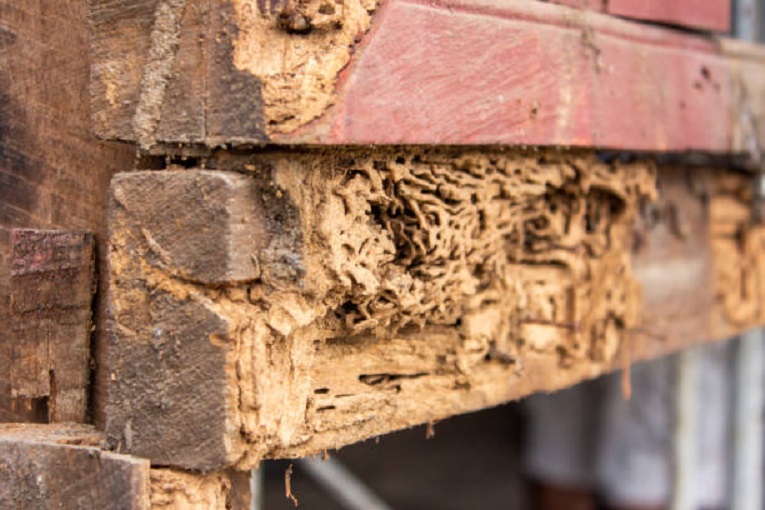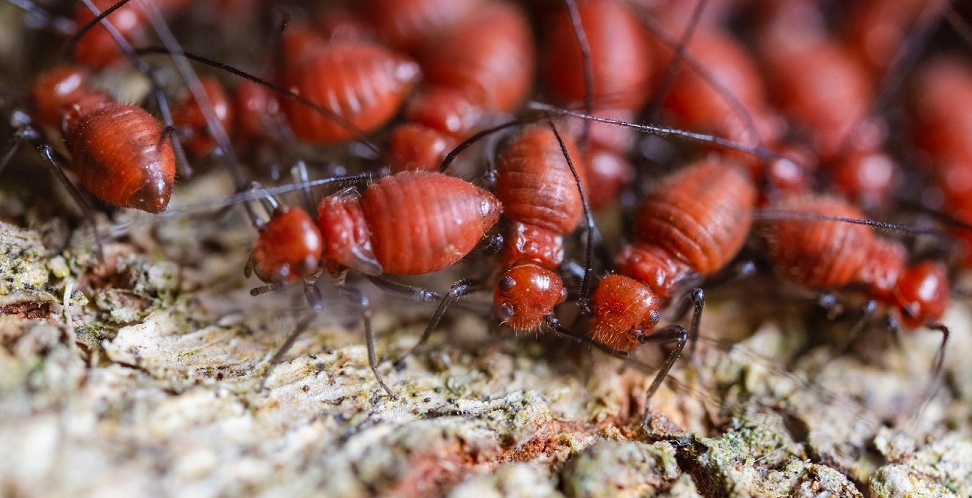Termites can be a serious problem. Once they have already set in and started eating your wood, they can cause irreversible damage. You may be wondering if treated wood is termite resistant.
Is treated wood termite resistant? Pressure-treated wood is inedible to termites. Since the wood is inedible, treated wood is termite resistant, making it a suitable wood type for areas that have serious termite problems. Though treated wood is termite resistant, there are also woods naturally termite-resistant as well.
To learn more about how termite-resistant treated wood is, keep reading. This article fully explains what treated wood is, what types of woods termites prefer, and how to pressure treat wood for termite resistance. Let’s get started.
What is treated wood?
Simply put, treated wood is wood that has been treated with chemicals in order to provide rot and insect resistance. Treated wood is injected with chemical preservatives at high pressure after the wood is subject to a low-pressure environment. Because the preservatives are injected at high pressure, all of the wood is coated, resulting in high protection from structural degradation, fungi, decay, termites, marine organisms, and even flames.
Treated wood lasts much longer than untreated wood and extends its lifespan significantly. Treated wood has even been known to last decades, whereas untreated wood may only last a few years in a harsh, humid environment.
Can termites eat pressure-treated wood?
Technically speaking, termites can try to eat pressure-treated wood, but it isn’t common. More so, termites are not successful at eating pressure-treated wood. In other words, termites may try to eat the wood, but pressure-treated wood is inedible to them.

The reason for this is that pressure-treated wood is covered in chemicals that are deterrent or toxic to termites and other insects. Because the treated wood has this chemical, you don’t have to worry about termites trying to eat through your wood.
Do termites prefer untreated wood?
Termites are not picky eaters. They will attempt to eat just about any type of wood they can get their mouths on, but the chemicals used to treat wood deter them from eating it to a high degree. As a result, treated wood has a higher chance of surviving a termite attack.
That being said, termites cannot eat all types of wood. Even though termites will try to eat treated wood, they will not be very successful. The pressure-treatment process leaves the wood with chemicals that kill termites after the wood is ingested. It is for this reason that you will see much more termite damage on treated wood than on untreated wood.
Still, termites can still eat treated wood. Especially if you do not care for the treated wood properly, the wood will still be susceptible to termite damage.
How do you pressure-treat wood?
Pressure-treated wood requires an industrial process. This industrial process ensures that the wood is treated efficiently and safely. For this reason, it’s best to contact professionals to pressure treat your wood.
Pressure-treating wood is an industrial process that requires specialized machinery and chemicals
The process begins with all excess moisture being removed. If the moisture is not removed, the chemicals will not apply to the would correctly. Once the excess moisture is removed, then the wood will be placed inside a pressure vessel.
Inside this pressure vessel, all of the remaining moisture and air will be removed from the wood cells. It is imperative for all moisture and air to be removed from the wood cells since these materials are what lead to rot.
Only once all of the moisture and air is removed will the chemicals be added. There are many materials used today to pressure treat wood. Most of the newer chemicals are less toxic to the environment and contain levels of copper.
Which untreated woods are resistant to termites?
Although treated wood is the most resistant to termites, there are a few untreated wood types that are naturally resistant to termites. Hardwoods are the best type of woods in general for termite resistance, but which ones specifically are the most resistant? The following wood types are naturally resistant to termites due to natural oils, and pungent odors that function as deterrents to termites.
Types of wood naturally resistant to termites:
- Teak
- Cedar
- Mahogany
- Walnut
- Redwood
- Cypress
Of these wood types, teak is arguably the most effective natural wood at being termite resistant. Not only do termites avoid this would type, but termites can actually die when ingesting it.
Not everyone can get ahold of teak. If that sounds like you, other wood types like cedar, mahogany, walnut, and redwood are all relatively common wood types that you can get a hold of. These wood types are highly attractive and are naturally resistant to termites too, making them great options.
Conclusion
Is treated wood termite resistant? Yes. Treated wood includes preservative chemicals that actively fight termites and termite damage. Treated wood will also protect against decay, fungi, and other damage that will shorten the lifespan of your wooden structure.
Because treated wood comes with so many benefits, it’s a good idea to use treated wood on outdoor structures. The wood will last about five times longer than regular would, ensuring that your structure lasts a long time.
If you do not want treated wood specifically, select teak, cedar, mahogany, walnut, redwood, or cypress instead. These wood types are naturally resistant to termites, even when left in the untreated form.
Meta Description
Is treated wood termite resistant? Yes! Read this guide to find why, other termite-resistant options, and more!
